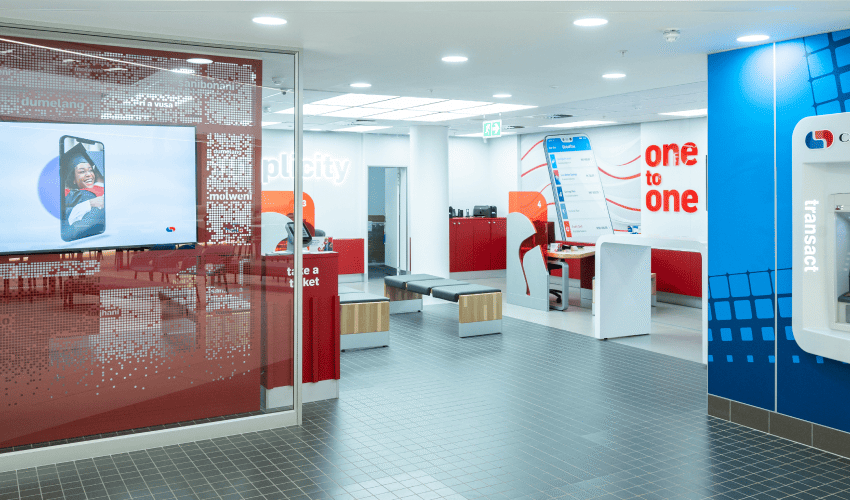Capitec unseats FirstRand as South Africa’s most valuable bank — but challenges loom

Capitec Bank’s record valuation highlights a shift in African banking, as it overtakes FirstRand
Capitec Bank’s rise from a modest microlender to Africa’s most valuable bank marks one of the most extraordinary corporate success stories in South African history. This week, the Stellenbosch-based lender edged past FirstRand with a market capitalisation of R424 billion — a symbolic moment that reflects not only investor sentiment but also a profound shift in the structure of the banking sector across the continent.
Founded in 1997 and listed on the JSE in 2002, Capitec was initially dismissed as a niche player targeting low-income customers who were underserved by traditional banks. Its straightforward, transparent and affordable banking model resonated with millions who had long been excluded from mainstream financial services. By focusing on customer needs rather than legacy structures, the bank built a reputation for simplicity and accessibility that its competitors struggled to match.
Over the past two decades, this focus on affordability and inclusivity has delivered exponential growth. Today, Capitec serves more than 24 million personal and business clients, making it the largest bank in South Africa by customer numbers. Investors have rewarded this growth trajectory with one of the most impressive share price performances in global markets. Since its JSE debut, Capitec shares have surged more than 151,000%, cementing its status as one of the country’s greatest stock market success stories.
Despite its soaring market value, Capitec remains relatively small in terms of balance sheet size. With assets of just R239 billion, it is dwarfed by the likes of Standard Bank, which holds R3.4 trillion, and FirstRand with R2.5 trillion. This highlights the difference between scale and valuation. Analysts argue that the market is pricing in Capitec’s potential for continued expansion, rather than its current asset base. The bank’s strong customer growth, proven profitability and efficiency have created confidence that it can maintain its competitive advantage in the years to come.
The recent leadership transition adds further intrigue. Graham Lee, who took over as CEO in July, inherits a bank that has delivered four consecutive years of record profits under outgoing chief executive Gerrie Fourie. Lee’s challenge will be to sustain momentum while navigating intensifying competition. Both established players such as Nedbank and newer entrants like OM Bank are attempting to replicate Capitec’s success by targeting the same low-income and mass-market segments.
Capitec’s rise also carries broader implications for the African banking industry. Valuations are increasingly being driven by customer trust, technological adaptability and scalability, rather than sheer asset size. Traditional banks, burdened by complex legacy systems and corporate-heavy strategies, now face the task of reinventing themselves to match Capitec’s streamlined, customer-first approach. This marks a significant shift in what determines value in modern African banking.
Yet Capitec’s story is not without risks. Its heavy reliance on unsecured lending, while profitable, exposes the bank to credit risks in a volatile economic environment. Rising interest rates and strained household finances could test the resilience of its customer base. For Capitec to convert market value into sustainable dominance, it will need to balance aggressive growth with prudent risk management and further diversify its products without losing the simplicity that made it successful.
Ultimately, Capitec’s achievement in surpassing FirstRand is more than just a financial milestone. It symbolises a change in the competitive dynamics of banking in South Africa and across the continent. The next test lies in whether the bank can consolidate its new position, continue expanding its footprint, and prove that its business model can deliver not just extraordinary share price gains but long-term stability and resilience.




